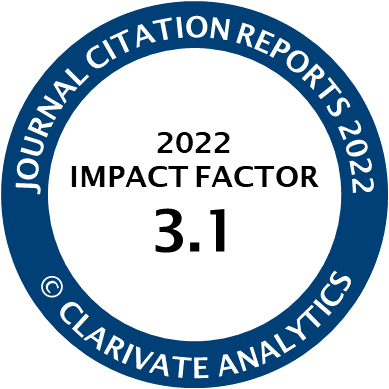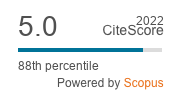Article | Open Access
Literacies for Surveillance: Social Network Sites and Background Investigations
| Views: | 4953 | | | Downloads: | 2110 |
Abstract: In September 2013, civilian contractor Aaron Alexis entered the Washington Navy Yard and murdered twelve people before being fatally shot by police. This incident, together with an incident three months earlier involving Edward Snowden, caused the U.S. government to critically examine their background investigation (BI) process; because both Snowden and Alexis had supposedly slipped through the cracks of their investigations, there must be some flaw in the BI procedure. The U.S. Committee on Oversight and Reform concluded that rules forbidding “background checkers from looking at the Internet or social media when performing checks” was one of the main factors contributing to defective BIs (Report, 2014). Since the report’s release, the Director of National Intelligence has been debating and trialing whether information from the Internet should be used to form a data double for BIs (Kopp, 2014; Rockwell, 2014). Using this conversation as a discussion catalyst, I argue that due to the nature of the data double, if the United States were to adopt the use of social networking sites (SNSs) for security clearance purposes, neglecting to take into account basic principles of SNSs into the process of BIs may lead to misinformation and unfavorable adjudication. Ultimately, being literate about the social practices involved in SNSs and surveillance would benefit not only investigators, but anyone, including academics, looking at individuals in online spaces.
Keywords: background investigations; data double; literacies; sorting; surveillance
Published:
© Sarah Jackson Young. This is an open access article distributed under the terms of the Creative Commons Attribution 4.0 license (http://creativecommons.org/licenses/by/4.0), which permits any use, distribution, and reproduction of the work without further permission provided the original author(s) and source are credited.




